
To get acquainted with them, it will take you less than 10 minutes.
The product designer Luis Tsai read 10 popular non-fiction books, and having decided that not everyone has enough time for this, he chose 130 basic ideas from them. Here are these works:
"Finding your Elements" Ken Robinson.
"Start with the question" Why? ", Simon Sinek.
"Purple Cow", Seth Godin.
"A tipping point," Malcolm Gladwell.
"Getting things done," David Allen.
"7 Skills for Highly Effective People," Stephen Covey.
"How to work four hours a week," Timothy Ferris.
"The innovator's dilemma," Clayton Christensen.
"The Startup way " Eric Rees.
"ZERO to ONE", Peter Thiel.

"Finding your Elements" Ken Robinson (45 seconds)
- Try to use any opportunities to reveal your abilities.
2.Expand your horizons. This will help improve your skills. - Look for passions - things that you do not watch over time.
- Build your way to success instead of blind pursuit of wealth or instant recognition.
- Do not plan a life. It is unpredictable.
- Do not think that you are bad at something if you did not manage it at school. Standardized tests show our abilities
- Only on the one hand.
- Each person is unique for two reasons: genes and environment.
- If you accept the impossibility of predicting the future, you will find new opportunities.
- Positive emotions reduce the level of stress, pain and relieve the release of addiction.
11 .Find people who are passionate about what you are.
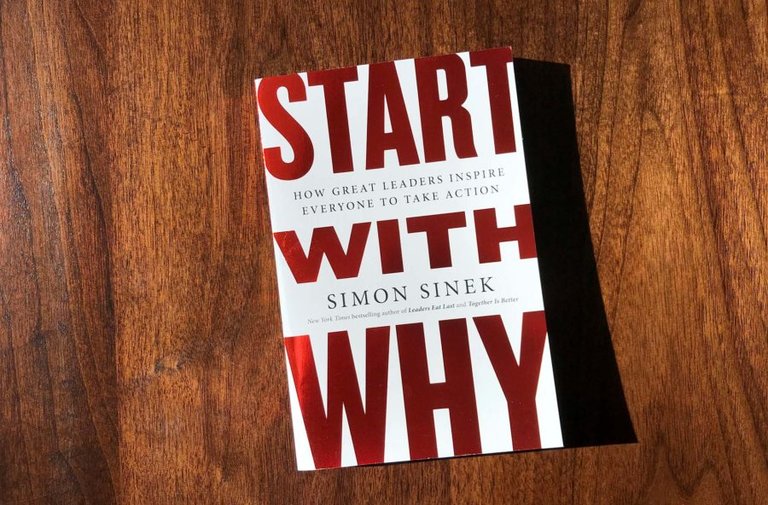
"Start with the question" Why? ", Simon Sinek. (45 seconds).
- Think "from within" and not "outside". Always start with the question "Why?".
- Do business with people who believe in what you believe.
- People do not buy what you do. Your product is the result of what you believe.
- Satisfied customers and customers are the most valuable resource of any company.
- Financial incentives do not motivate people on an emotional level.
- Manipulation by buyers can work only in the short term.
- The "Golden Circle" consists of three layers. External - "What?", The middle - "How?" And the internal - "Why?".
- Profit is the result of answering the questions "What?" And "How?", But not "Why?".
- The diffusion of innovation divides customers into 2.5% of innovators, 13.5% of early adopters, 34% of the early majority, 34% of the late majority, and 16% of the laggards. In order to make the company successful, you need to attract 15-18% of buyers in the market.
- The early majority will not accept a product that early adopters have not tried. Those, in turn, will not accept a product that the company does not believe in.
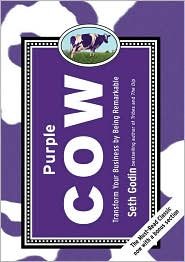
"Purple Cow" (30 seconds)
- Take risks and do not be afraid of criticism.
- Target an audience that likes to try new things and is ready to talk about your product to others.
- Develop the product along with marketing.
- Choose your marketing goals and budget effectively.
- Do not become a leader if you can not turn risks into success.
- Traditional advertising is more inefficient, as it is difficult for it to get the buyer's attention.
- In today's over-saturated market there is no place for ordinariness.
- Sometimes, if people laugh at you, it's useful, because it's also advertising.
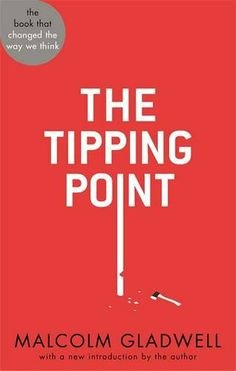
The Tipping point (30 second)
1 To spread the idea, you need it to "stick". It should be catchy, unique and memorable, to stand out from market noise.
2 If you want an effective word of mouth, the initial group of buyers should be small - up to 150 people.
3 The spread of the idea is similar to the spread of the epidemic.
4 The turning point is the time when the idea moves from niche users to the market majority.
5 Visionaries, vendors and evangelists are responsible for spreading the idea.
6 The external environment strongly determines our behavior.
7 Small changes in context can have a big effect.
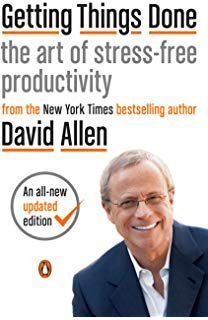
Getting things done (60 second)
1 Focus. If there is an unnecessary thought in the head, create a "Bucket for thoughts" list and write it there.
2 Clean the Bucket for Thought once a week.
3 Shift unimportant tasks, first perform short tasks and mark the deadlines in the calendar or task list.
4 Divide the big tasks into subtasks.
5 The task list should always be at hand.
6 The list "Waiting" is needed for non-urgent tasks.
7 If you have a lot of paper documents, sort them into folders with dates.
8 "Someday" is a list for ideas and potential projects.
9 Create a functional workplace to control yourself.
10 Review and update the task lists weekly.
11 Planning makes dubious ideas in a brainstorm session.
12 Do not do multiple tasks at the same time. Focus on one task.
13 The purpose of our brain is to think. But sometimes thoughts distract from the current task.
14 Daily task lists are inefficient, so they deform the perception of time.
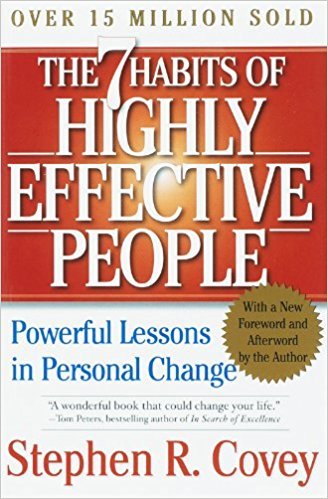
Effective people (60 second)
1 Effective life is a mixture of personal paradigms with universal principles.
2 Constantly sharpen the blade. The blade of the body is sport, the blade of the mind is the study of new things, the emotional blade is communication.
3 Be proactive and control your destiny.
4 Set long-term goals, understanding their benefits from their implementation.
5 Visualize the outcome of each step. So it will be easier for you to perform specific actions.
6 The priority should be those goals that move you forward.
7 Think about what you will defeat.
8 Natural relationships imply empathy and help to other people.
9 Be an active listener. Repeat to yourself what the person tells you, and reflect the emotions of the interlocutor.
10 Unite with other people, be open and respect them. A group can achieve more than one person.
11 Do not say yes to everything.
12 Do not wind yourself thinking that you will lose.
13 To change, you need to change your character, not behavior.
14 Our paradigms are a subjective view of life. He is not always faithful.
15 If you want to inspire others, you first need to be understood.
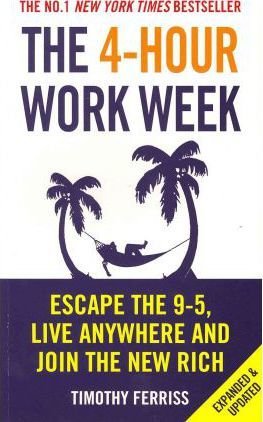
How to work four hours a week (100 second)
1 Aim high to create your own rules.
2 Take every opportunity to leave the comfort zone.
3 Try to work remotely on your current work.
4 To be more effective now, set a goal to work remotely in the future.
5 Rule 20/80 is applicable to work: 20% of the work yields 80% of the results.
6 Time is money. Remove things that interfere with your efficiency at work.
7 Evaluate the importance of the task, asking yourself the question "If this is the only thing I will do today, will I be happy?".
8 Finish important matters before noon.
9 It is worthwhile to work with mail and calls after fulfilling priority tasks.
10 You can get others to play by your rules with the help of communication.
11Try to outsource as many non-core tasks as possible. The bottom line is to waste time on what you are doing well.
12 Be open.
13 Delegate as much as possible.
14 Test the product before starting.
15 In the sphere of your work, you must be associated with reliability.
16 The task of a small company is to seem more. People believe in big companies.
17 Rule 20/80 applies to customers: 20% of your customers bring 80% of the profits.
18 Even if the price of your product is low, it should still be of premium quality.
19Do not lie to yourself: being in a comfort zone is bad.
20 Do not start the day with a mail check.
21 Satisfaction with life is easier to achieve if you are open to new opportunities.
22 Moderate passive income is the key to being able to do what you want, wherever you like.
23 The worst outcome is often not as bad as it seems.
24 Five steps to independence: full-time, remote work, process optimization, finding a source of alternative income, dismissal from a previous job.
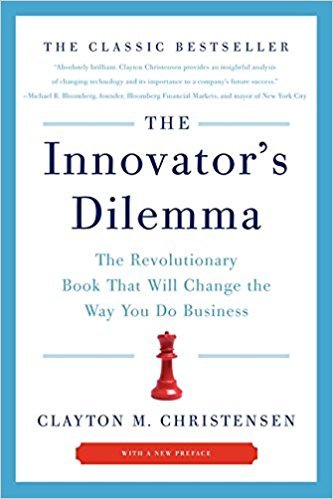
The innovator's dilemma (60 second)
1 A good company should have several development strategies.
2 Watch how customers use your product.
3 Plan everything in advance, but change the plan, relying on external factors.
4 Be creative when searching for new customers.
5 Try and make mistakes - even the most successful companies make the wrong decisions.
6 Do not develop products and services, relying only on the opinions of customers.
7 Innovation is not just quantity. This is an improvement in functionality, reliability and convenience.
8 Stable and new companies bring to the market different types of innovations.
9 The goal of innovation in stable companies is to keep market share.
10 Understanding what the customer wants is an important part of the product, but this does not allow the creation of The Next Big Thing.
11 Developed companies often miss developing niches. This is a chance for new companies.
12 Sometimes companies lack the flexibility to manage resources, processes and values. This does not allow them to adapt to changing conditions.
13 Theoretical models rarely work in the real world.
14 Breakthrough innovations are more often than not already existing, but improved technologies.
15 For the company, the most reliable way to get an innovation is to acquire or absorb another company that is engaged in it.
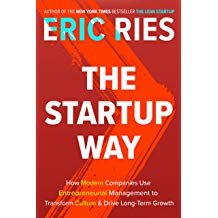
The Startup way (60 second)
1 The team should be focused on finding a business model. The faster you find it, the more likely it will be.
2 Use a scientific approach, that is, always justify what you say.
3 Confirm the hypotheses by communicating with real clients.
4 Test the hypotheses - only so you can move from the assumptions to the facts.
5 Test the product, create a minimum workable product (MVP).
6 Do separate tests for each new function of your product. Then you can assess what is effective and what is a waste of time.
7 Choose a growth engine (viral, addictive or board) and focus on it.
8 Not all business metrics are important.
9 Traditional development strategies do not apply to start-ups.
10 Do not be afraid of pivots - sudden changes in the business model.
11 The goal of the startup is to find an acceptable business model.
12 The essence of the minimum workable product is to learn the opinion of early followers about it.
13 The company should understand that its products should be used by as many people as possible.
14 Learn from the mistakes and do not repeat them. So you will find a workable business model faster.
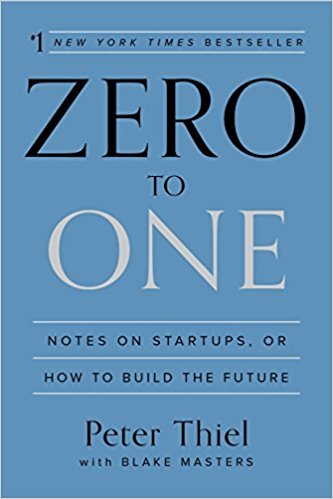
ZERO to ONE (60 second )
1 Think of the future as something that will necessarily happen.
2 Also think about the actions that need to be taken to bring this future closer.
3 Finding an idea that other people do not think about is the key to success.
4 First, aim at being successful in what the company does, and then think about growth.
5 The first employees should be chosen wisely. Lean not only on their skills, but also on their vision of the process, as well as the connection with each other.
6 The founder of the company should pay attention to all processes, but little by little.
7 Two types of progress link the present to the future: horizontal (from one to N) and vertical (from zero to one).
8 Vertical progress causes difficulties, because what you think about is not thought up by someone else.
9 The manager should be 100% sure of what his company does.
10 Competition is good for the buyer, but it also contributes to the company's progress.
11 Vertical progress leads to a monopoly on the market.
12 Sales and distribution are important, because the product will not sell itself. Apply and test different strategies.
13The founders are strange people. However, their vision, whatever it is, is an important part of the company they have created.
Thank you so much !